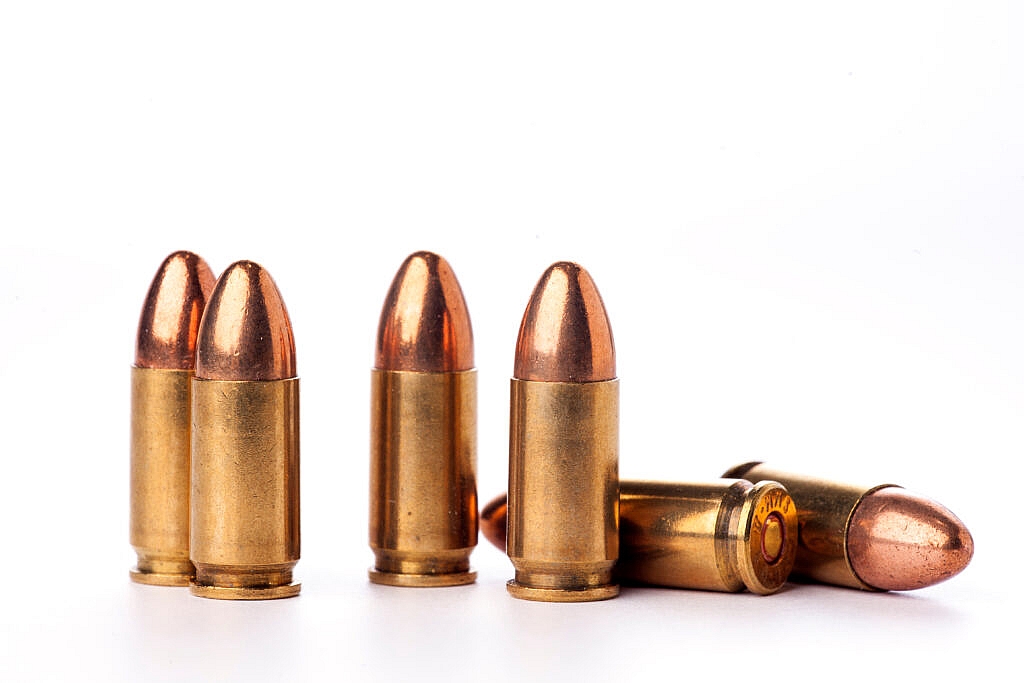
Choosing reliable ammunition is crucial for both casual shooters and firearm enthusiasts, but with rising costs, many turn to cheaper options. While budget-friendly ammunition can save money, it’s essential to ensure it’s reliable, safe, and effective. Here’s a step-by-step guide to test and evaluate cheap ammunition for reliability.
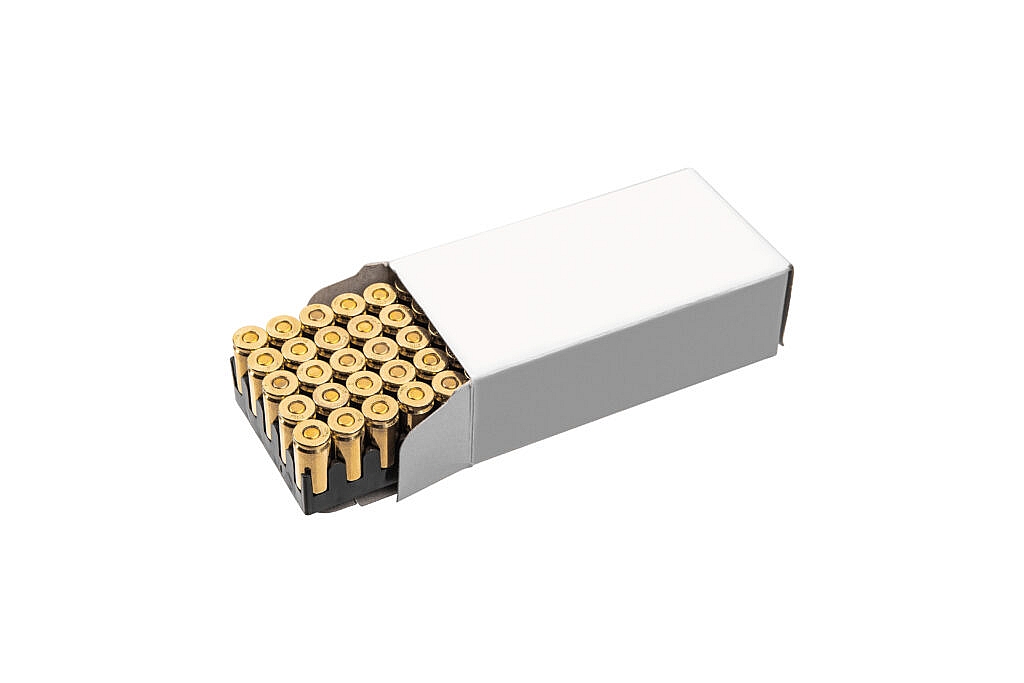
1. Inspect the Packaging and Rounds
Before you even load your firearm, take a close look at the ammunition and its packaging. Check for:
- Damaged Boxes: Tears, water damage, or poor sealing could indicate improper storage.
- Consistency of Rounds: Look for uniformity in the casings, primers, and bullets. Inconsistent rounds might indicate poor quality control.
- Corrosion or Defects: Rust, dents, or other visible defects could impact reliability.
Proper inspection is the first line of defense against unreliable ammunition. Neglecting this step could lead to safety hazards or performance issues during shooting.
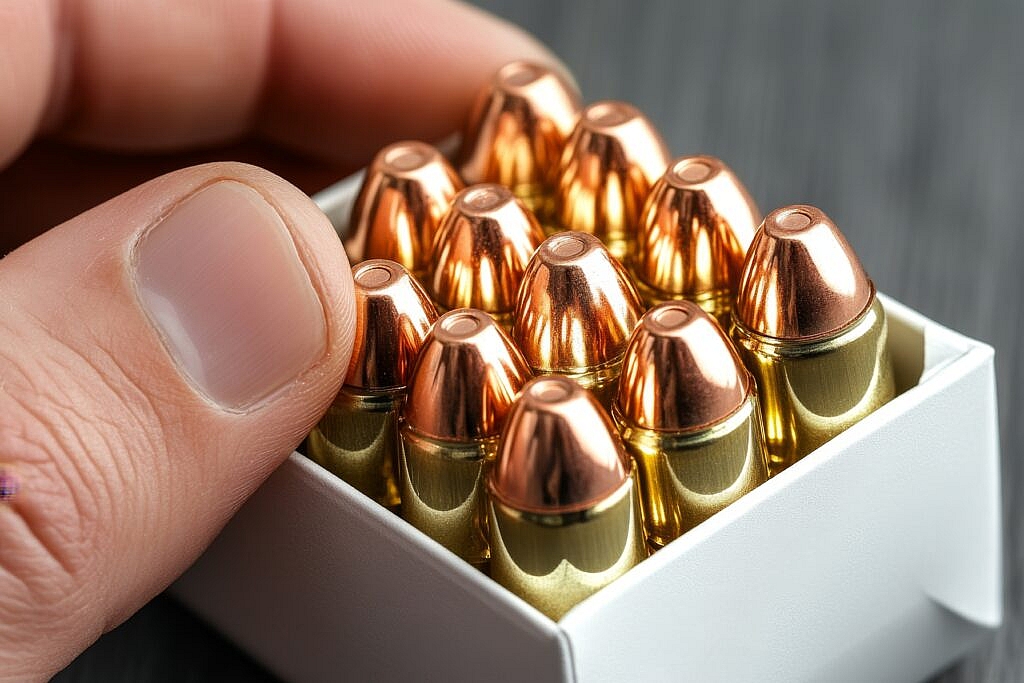
2. Check for Proper Fit
Load a few rounds into your firearm’s magazine or cylinder to ensure they fit correctly. Poorly sized cartridges might not chamber properly, leading to malfunctions like failure to feed or failure to eject. It’s also a good idea to test the fit with snap caps (dummy rounds) before live testing to avoid unnecessary risks.
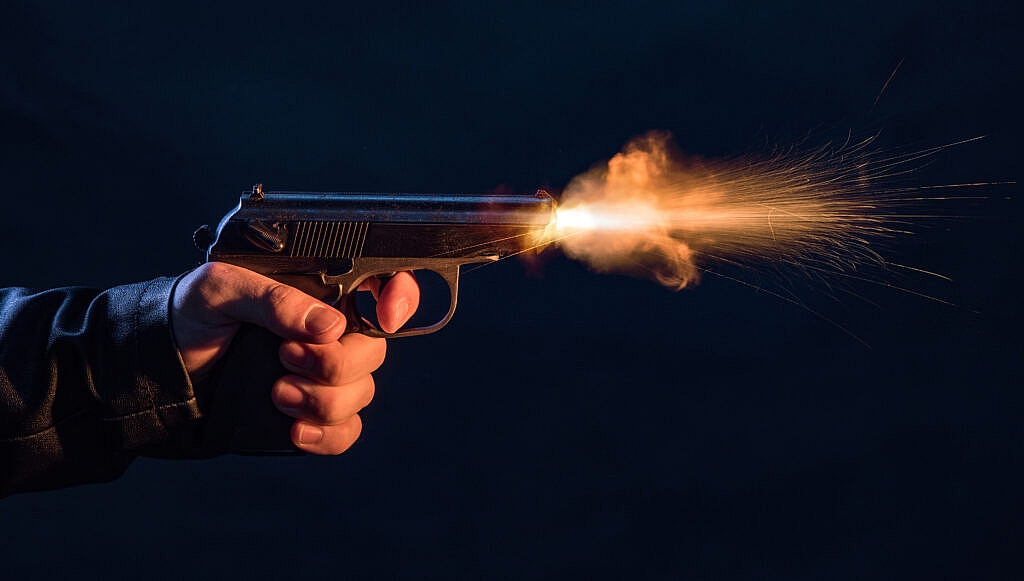
3. Conduct a Firing Test
To evaluate the performance of the ammunition, head to a safe shooting range and conduct a firing test. Here’s what to observe:
- Accuracy: Fire groups of 5-10 rounds and measure the spread. Consistent groupings indicate good quality.
- Recoil Consistency: Note whether the recoil feels uniform. Inconsistent recoil may suggest variations in powder charges.
- Ejection and Feeding: Monitor how well the rounds feed into the chamber and eject after firing. Misfeeds or jams are red flags.
Additionally, pay attention to how the ammunition performs during rapid fire and under different environmental conditions, such as cold or wet weather. This will give you a more comprehensive understanding of its reliability.
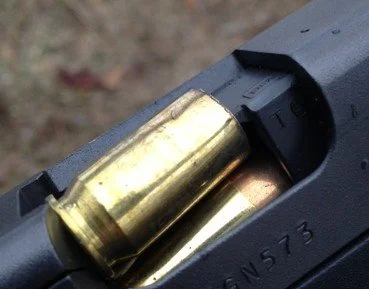
4. Evaluate Reliability Over Time
To assess long-term reliability, fire multiple boxes of the ammunition over several sessions. Document any failures or malfunctions such as:
- Failure to fire (FTF)
- Failure to feed (FTFeed)
- Failure to eject (FTE)
A high frequency of malfunctions could indicate a systemic issue with the ammunition. Keep a detailed log of your findings to compare different brands and batches.
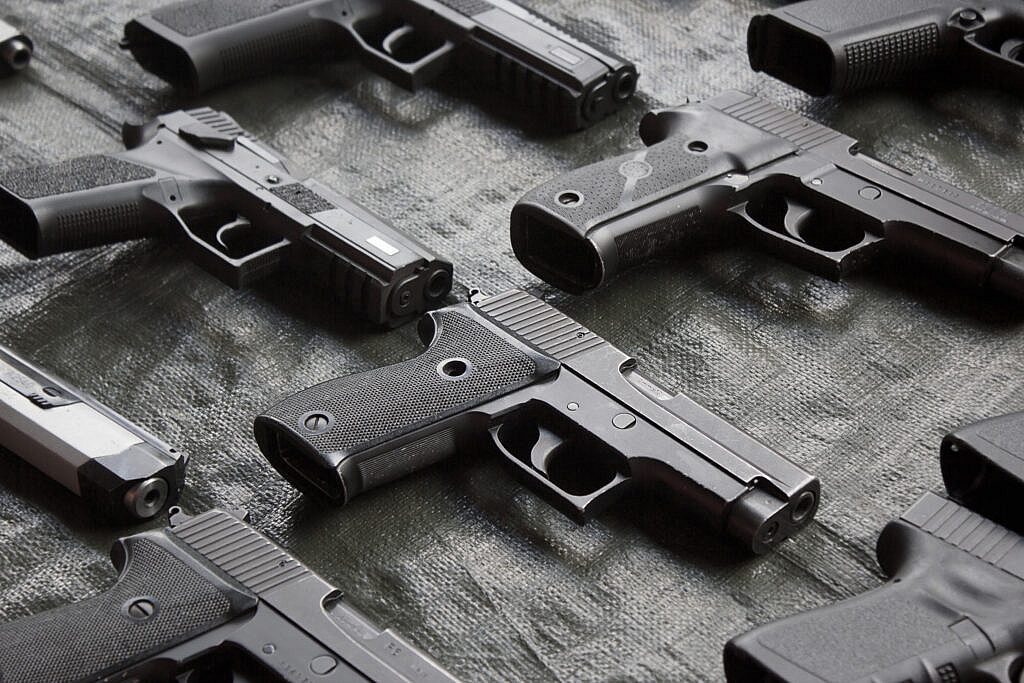
5. Test Across Different Firearms
Sometimes, ammunition may work well in one firearm but not in another due to differences in design and tolerances. Test the same batch of ammo across multiple firearms to ensure broader reliability. For example, test in both semi-automatic and bolt-action platforms to identify any potential compatibility issues.
6. Chronograph Testing
For those with access to advanced tools, use a chronograph to measure the velocity of your rounds. Consistent velocity readings indicate good powder quality and proper manufacturing. Significant variations in velocity could impact accuracy and performance, especially at longer ranges.
7. Look for Signs of Overpressure
Pay attention to:
- Flattened primers
- Split casings
- Excessive recoil
These issues could suggest the ammunition is loaded too hot, which can be dangerous. If you suspect overpressure, stop using the ammunition immediately and report it to the manufacturer.
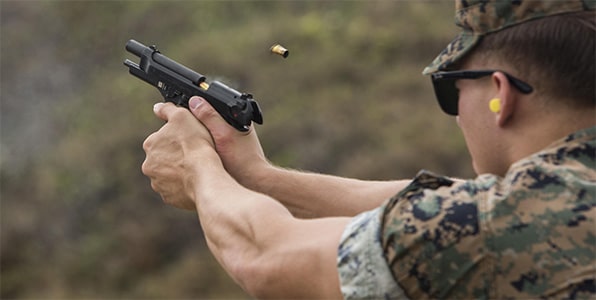
8. Assess Cost vs. Performance
After thorough testing, compare the ammunition’s cost to its performance. Cheap ammunition with frequent malfunctions might end up costing more in the long run due to wasted rounds or wear on your firearm. Consider whether the savings justify the risks and inconveniences of using lower-quality ammunition.
9. Read Reviews and Join Discussions
Leverage online forums and reviews to see how other shooters have evaluated the same ammunition. Communities like Firearms.co can be excellent resources for firsthand experiences. Participate in discussions to share your findings and learn from others.
10. Dispose of Unreliable Ammo Safely
If you determine that a batch of ammunition is unsafe or unreliable, dispose of it properly. Many ranges or local law enforcement agencies accept old or defective ammunition for safe disposal. Never attempt to disassemble or modify defective rounds yourself unless you have the proper tools and expertise.
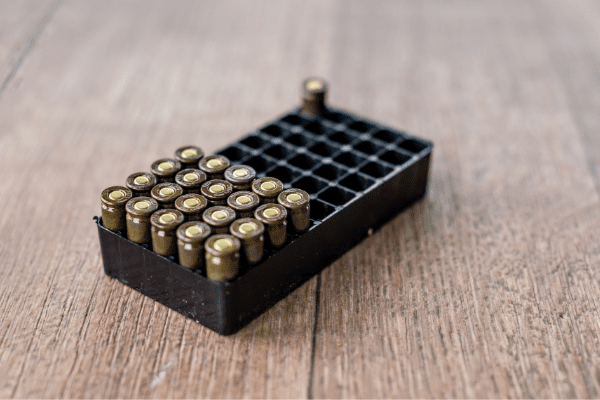
Additional Tips for Testing Cheap Ammunition
- Use Targets with Visible Markers: This helps to assess accuracy more effectively.
- Perform Stress Tests: Try shooting after extended periods of storage or in extreme temperatures to test durability.
- Batch Testing: Test different production lots of the same brand to identify consistency over time.
- Consult Manufacturer Data: Check the specifications and recommendations provided by the manufacturer for proper handling and expected performance.
- Track Ammo Brands: Maintain a personal record of ammunition brands and models you’ve tested, along with their results, to build a reliable reference for future purchases.
- Invest in Safety Gear: Always wear proper protective equipment, such as safety glasses and ear protection, especially when testing ammunition that you suspect may have quality issue.
By combining these methods, you’ll have a more comprehensive evaluation of your ammunition’s reliability.
Final Thoughts
Testing cheap ammunition requires time and diligence, but it’s worth it to ensure safety and reliability. Remember, saving money should never compromise your shooting experience or safety. Use this guide to evaluate budget-friendly options effectively, and you’ll find ammunition that offers both value and performance.
To find great ammo deals, visit ShootingRange.com. Whether you’re a casual shooter or a seasoned professional, reliable ammunition is a must for a safe and enjoyable experience.
For more tips and in-depth reviews, visit our forums at Firearms.co and join the conversation with fellow firearm enthusiasts!